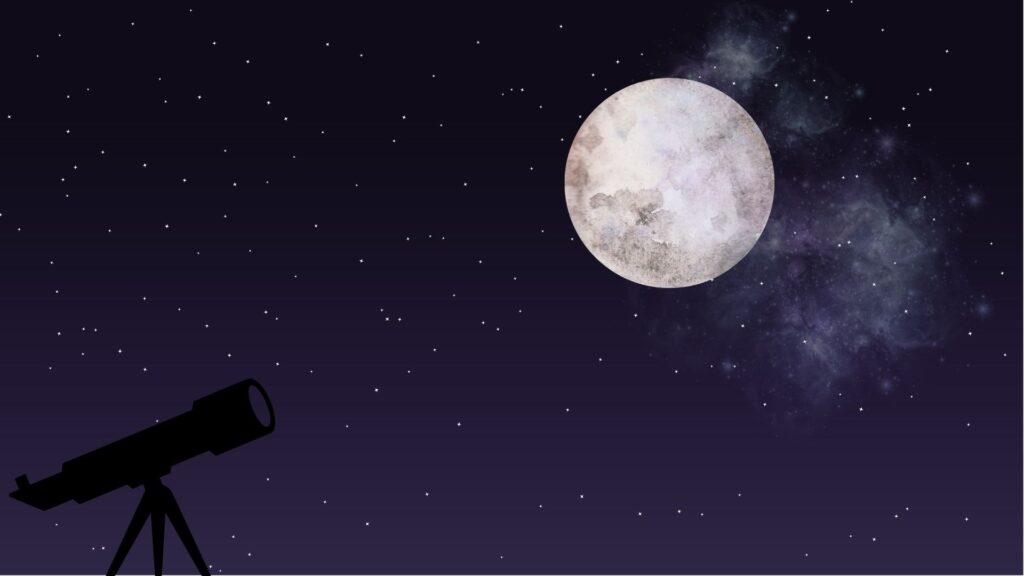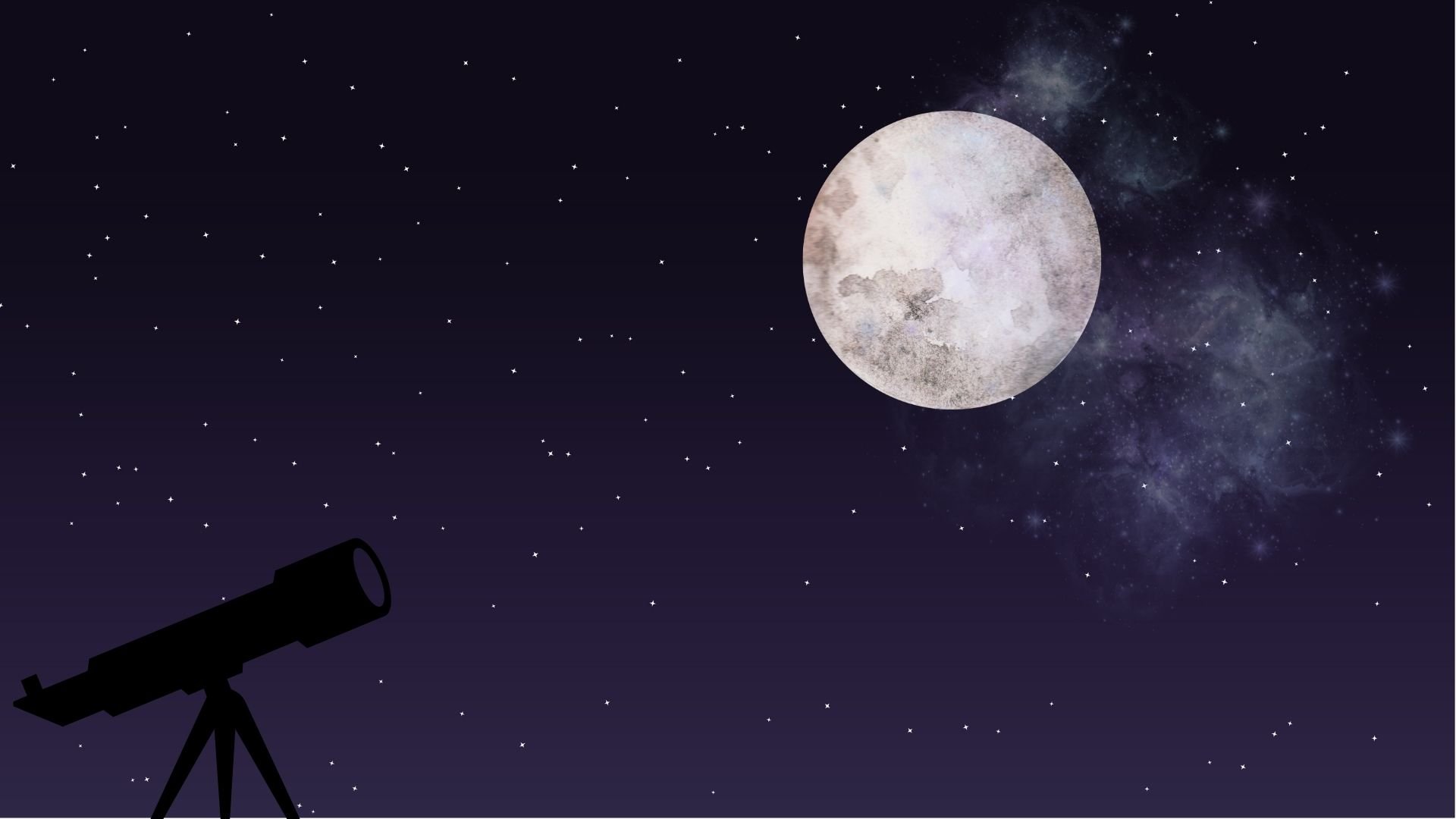Exploring the Wonders of Space

Space is vast and full of mysteries. Scientists are always curious about what lies beyond Earth. Humans have explored space for decades, and they have made many important discoveries. There are planets, stars, and galaxies far from our own planet. Each object in space is unique and interesting to study.
One of the most famous space missions was the Apollo program. It was a series of missions by NASA between 1961 and 1972. In 1969, the Apollo 11 mission successfully landed humans on the moon. Neil Armstrong and Buzz Aldrin were the first astronauts to walk on the moon. This event was a significant moment in history.
Telescopes also help us learn more about space. The Hubble Space Telescope has been in orbit since 1990. It captures detailed images of distant galaxies and nebulae. These images help scientists understand the universe better. Newer telescopes like the James Webb Space Telescope are give us clearer views.
Space travel is now becoming more accessible. Private companies like SpaceX are developing new rockets. These rockets can take humans and cargo to the International Space Station. One day, they might even take people to Mars. This makes space exploration exciting for the future.
Studying space can teach us about our own planet. By observing other planets, we learn about climate, geology, and potential for life. These studies can help us protect Earth and find new resources. Space is a fascinating frontier with endless possibilities for discovery.
Text Analysis
General Level: B1.2
Vocabulary: B1.0
Verb Form: A2.6
Clause: A1.7
Phrases and Idioms
Lemma | Count | Sentences |
be in orbit | 1 | · The Hubble Space Telescope has been in orbit since 1990. |
far from (something) | 1 | · There are planets, stars, and galaxies far from our own planet. |
for life | 1 | · By observing other planets, we learn about climate, geology, and potential for life. |
learn about (someone or something) | 1 | · By observing other planets, we learn about climate, geology, and potential for life. |
lie beyond | 1 | · Scientists are always curious about what lies beyond Earth. |
one day | 1 | · One day, they might even take people to Mars. |
walk on | 1 | · Neil Armstrong and Buzz Aldrin were the first astronauts to walk on the moon. |
with (someone or something) for (some amount of time) | 1 | · Space is a fascinating frontier with endless possibilities for discovery. |
Reading Comprehension Exercises
True / False
- Scientists have completed all possible explorations of space.
- Neil Armstrong and Buzz Aldrin were the first astronauts to walk on the moon.
- SpaceX is working on developing new rockets that could potentially take humans to Mars in the future.
- Studying space only helps us learn about other planets, not our own.
It's Your Turn!
Create your multiple choice questions for this reading lesson just in seconds!
Step 1: Click the button to copy the reading text
Step 2: Go to
Step 3: Paste the reading text
Select question type (Multiple Choice)
Click “Create” and your questions will be ready in seconds!
Short Answer Questions
- What significant event took place in 1969 during the Apollo program?
- Who were the first astronauts to walk on the moon?
- What has the Hubble Space Telescope been doing since 1990?
- What is one potential future destination for SpaceX rockets?
- How can studying space help us with our own planet?
- What is the significance of telescopes like Hubble and James Webb?
- What makes space exploration exciting for the future?
Answer Key
True / False Answers
1.
Answer: False
Explanation: The text mentions that humans have been exploring space for decades, but it doesn’t say that all possible explorations have been completed.
Answer location: “Humans have explored space for decades, and they have made many important discoveries. There are planets, stars, and galaxies far from our own planet.”
2.
Answer: True
Explanation: The text clearly states that Neil Armstrong and Buzz Aldrin were the first astronauts to walk on the moon.
Answer location: “In 1969, the Apollo 11 mission successfully landed humans on the moon. Neil Armstrong and Buzz Aldrin were the first astronauts to walk on the moon.”
3.
Answer: True
Explanation: The text states that SpaceX is developing new rockets that might take people to Mars one day.
Answer location: “Private companies like SpaceX are developing new rockets. These rockets can take humans and cargo to the International Space Station. One day, they might even take people to Mars.”
4.
Answer: False
Explanation: The text indicates that studying space helps us learn about our own planet as well, by providing insights into climate, geology, and potential for life.
Answer location: “By observing other planets, we learn about climate, geology, and potential for life. These studies can help us protect Earth and find new resources.”
It's Your Turn!
Create your multiple choice questions for this reading lesson just in seconds!
Step 1: Click the button to copy the reading text
Step 2: Go to
Step 3: Paste the reading text
Select question type (Multiple Choice)
Click “Create” and your questions will be ready in seconds!
Short Answer Answers
- Answer: Apollo 11 mission successfully landed humans on the moon.
Explanation: The text specifies that the Apollo 11 mission in 1969 was a significant event because it successfully landed humans on the moon.
Answer location: “In 1969, the Apollo 11 mission successfully landed humans on the moon.”
- Answer: Neil Armstrong and Buzz Aldrin.
Explanation: The text clearly identifies Neil Armstrong and Buzz Aldrin as the first astronauts to walk on the moon.
Answer location: “Neil Armstrong and Buzz Aldrin were the first astronauts to walk on the moon.”
- Answer: Captures detailed images of distant galaxies and nebulae.
Explanation: The text states that the Hubble Space Telescope has been capturing detailed images of distant galaxies and nebulae since it launched in 1990.
Answer location: “The Hubble Space Telescope has been in orbit since 1990. It captures detailed images of distant galaxies and nebulae.”
- Answer: Mars.
Explanation: The text mentions that SpaceX rockets might take people to Mars in the future.
Answer location: “One day, they might even take people to Mars.”
- Answer: Learn about climate, geology, and potential for life.
Explanation: The text explains that studying space can teach us about various aspects of our own planet such as climate, geology, and potential for life.
Answer location: “By observing other planets, we learn about climate, geology, and potential for life.”
- Answer: Help scientists understand the universe better.
Explanation: The text indicates that telescopes like Hubble and James Webb help scientists get a better understanding of the universe through clearer views.
Answer location: “These images help scientists understand the universe better. Newer telescopes like the James Webb Space Telescope are give us clearer views.”
- Answer: Space travel is becoming more accessible.
Explanation: The text suggests that advancements like private companies making space travel more accessible make space exploration exciting for the future.
Answer location: “Space travel is now becoming more accessible. Private companies like SpaceX are developing new rockets.”
Your Own Reading Lesson
Create Your Own Lesson with Cathoven AI
You can create your own reading lesson based on your interests or those of your students!
Go to;
Type the topic you are interested in, select the level and genre you are looking for, and click Generate!
Paste the reading text you generated and get a detailed analysis of your text.
Select the type of exercise, paste the reading text, and click Create!
Your reading lesson is ready!




